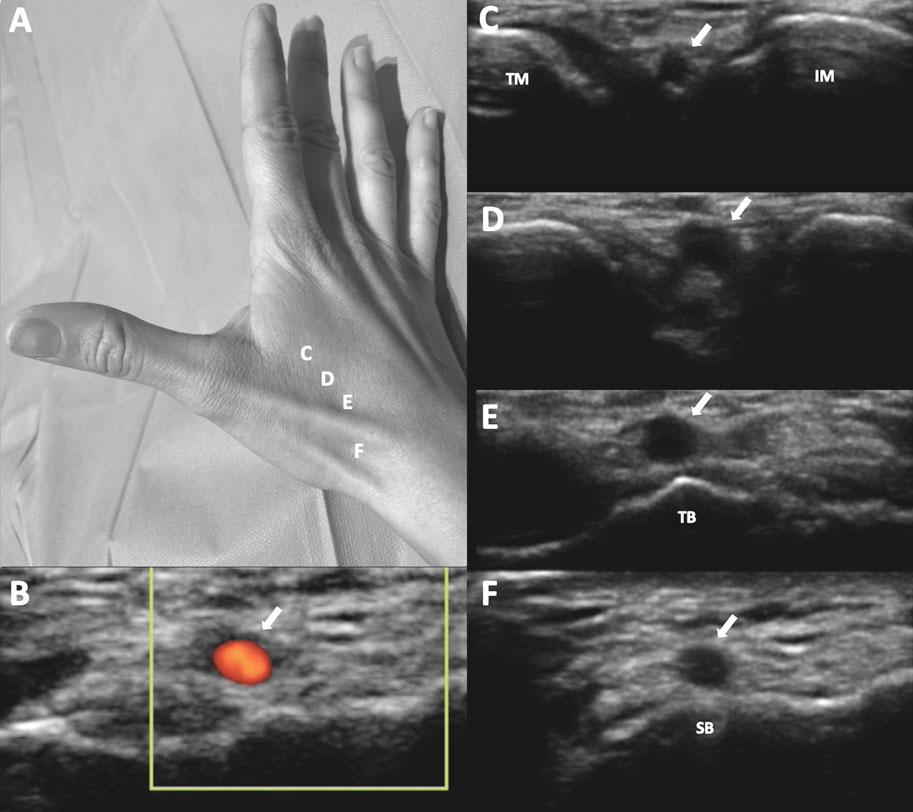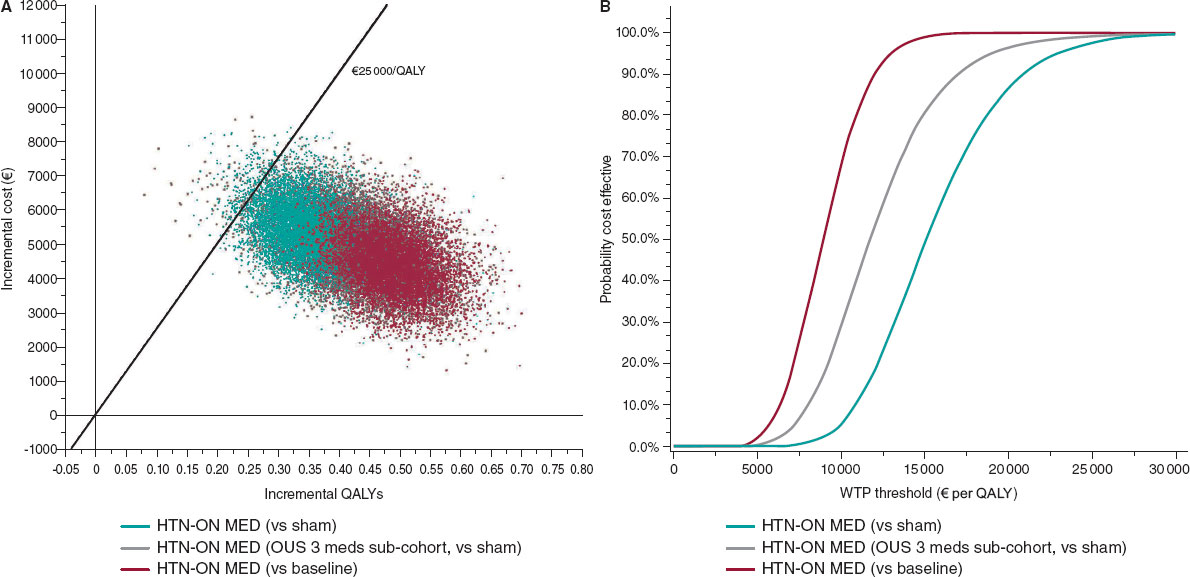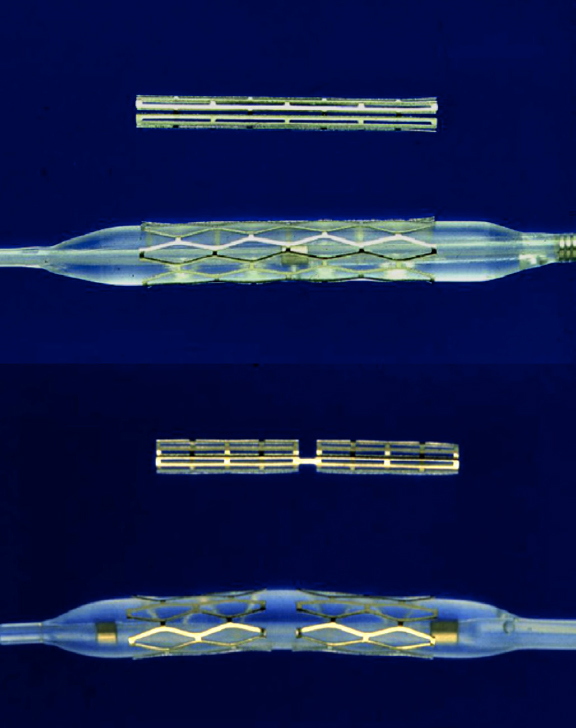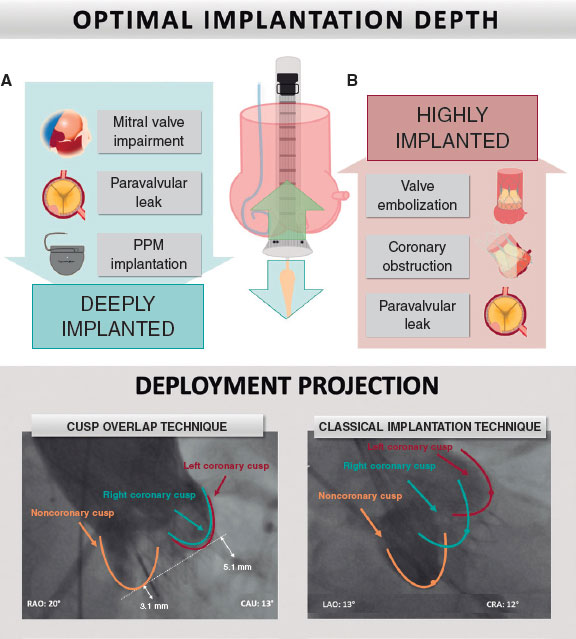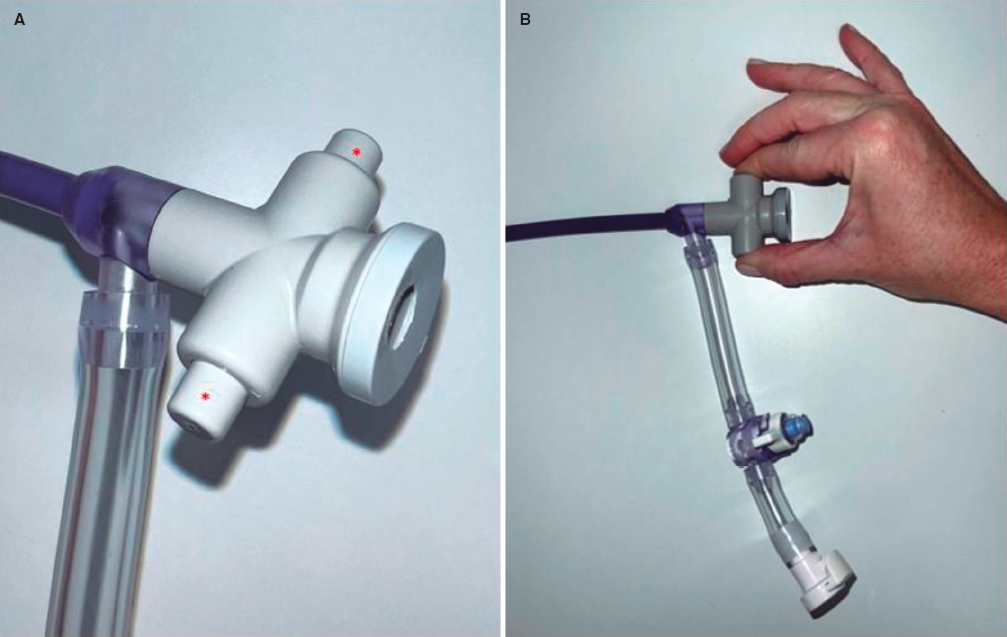QUESTION: There is no doubt that the most significant advances made back in 2018 in interventional cardiology were the long-awaited results from clinical trials with MitraClip (Abbott Laboratories, Abbott Park, Illinois, USA): the MITRA-FR (Multicentre Study of Percutaneous Mitral Valve Repair MitraClip Device in Patients With Severe Secondary Mitral Regurgitation) presented at the congress organized by the European Society of Cardiology, and the COAPT (Cardiovascular Outcomes Assessment of the Mitra- Clip Percutaneous Therapy for Heart Failure Patients With Functional Mitral Regurgitation) presented at the Transcatheter Cardiovascular Therapeutics (TCT) congress. Both trials have been discussed extensively. Could you please tell us what the basic differences are in the results obtained by these 2 trials?
RESPUESTA: That’s right, both trials have put the spotlight on mitral regurgitation (MR) as the therapeutic target in patients with heart failure and reduced ejection fraction (HF-REF). The COAPT trial randomized 614 patients with HF-REF (left ventricular ejection fraction between 20% and 50%) and moderate-to-severe HF treated with the optimal medical therapy in order to follow 2 therapeutic strategies (1:1): a) optimal medical therapy, or b) optimal medical therapy plus percutaneous implant of MitraClip.1.After 2 years there was a 47% reduction in the risk of the primary endpoint of efficacy (hospitalizations due to heart failure) in the intervention group. Similarly, there was a significant drop in allcause mortality (hazard ratio, 0.62; 95% confidence interval, 0.46-0.82; P < .001) and other secondary endpoints1. En cuanto al objetivo primario de seguridad, se confirmó un número relativamente bajo de complicaciones relacionadas con la técnica a los 12 meses de la intervención. El número necesario de pacientes a tratar fue de 3,1 para evitar una hospitalización y de 5,7 para evitar una muerte. Estos datos de eficacia clínica son muy superiores los observados con la inmensa mayoría de los fármacos de contrastada evidencia en la ICFER, y comparables a los de otras medidas como la administración de antibióticos en enfermedades infecciosas o el implante percutáneo de válvula aórtica en la estenosis aórtica grave. When it comes to the primary endpoint of safety, a relatively low number of complications due to the technique 12 months after the intervention was reported. The number of patients needed to treat to avoid hospitalization was 3.1 and 5.7 to avoid mortality. These data of clinical efficacy are far more superior than the ones seen in most drugs with confirmed effectiveness in the management of HF-REF and similar to those from other measures such as the administration of antibiotics for the management of infectious diseases or the percutaneous implant of aortic valve prostheses for the management of severe aortic stenosis.
However, this fairy tale is shadowed by the almost simultaneous publication (nearly a month earlier) of the results from the open randomized clinical trial MITRA-FR that evaluated the efficacy and safety of MitraClip device in 307 individuals with HF-REF and moderately severe secondary MR2. In this trial, compared to the standard treatment, MitraClip did not improve the risk of the composite endpoint of all-cause mortality or admission due to heart failure at 12 months2.
A priori, both trials included patients with HF-REF and moderately severe secondary MR. Also, we should not forget that the baseline characteristics of the individuals included in both studies are similar in significant clinical and risk features. However, we should not take into consideration certain echocardiographic differences, results from the intervention, medical treatment, and follow-up time that may be behind these conflicting results:
- Echocardiographic differences: this is one of the key issues when it comes to interpreting both trials. As a matter of fact, the MR effective regurgitant orifice area are was lower in the MITRA-FR compared to the COAPT (31 ± 10 mm2 versus 41 ± 15 mm2). Similarly, the left ventricular end-diastolic volumes were higher in the MITRA-FR compared to the COAPT (135 ± 35 mL/m2 versus 101 ± 34 mL/m2). This suggests that the patients who may benefit the most from this intervention are those with a higher degree of valvular dysfunction and less left ventricular dilatation; in other words, patients with predominant valvular heart disease over left ventricular disease.
- Differences in the results obtained with the intervention: the COAPT trial says that the frequency of perioperative complications or suboptimal results immediately or 12 months after the intervention was much more inferior compared to the MITRA-FR trial. For instance, in the COAPT trial only 5% of the patients showed grade ≥ III MR after 12 months of followup,2,while this percentage rose to 17% in the MITRA-FR trial2. In this sense, and even though in both studies the number of participating centers was high, it would have been useful to know the efficacy and safety results based on the number of implants managed by each center.
- Differences in the pharmacological approach: at baseline there was a high percentage of patients treated with drugs with confirmed effectiveness in the management of HF-REF in both trials. However, in the COAPT trial, the number of patients treated at baseline with angiotensin -converting enzyme (ACE) inhibitors, angiotensin II-receptor antagonists, or sacubitril/valsartan was slightly superior in the intervention group. It is striking to see that these differences became more significant during follow-up. As a matter of fact, after 12 months, 13.4% more patients from the intervention group were receiving ACE inhibitors, angiotensin II-receptor antagonists, or sacubitril/valsartan. Similarly, after 12 months of follow-up, in the intervention group, the percentage of patients treated with beta-blockers was just 6.6% higher. The fact that it is an open trial may be indicative of performance bias (knowing the group the participants are assigned to in the trial has its echo in the form of systemic differences in care and therapies between both intervention groups) and detection bias (knowing the treatment group may affect important clinical decisions such as whether a patient should be hospitalized or not). Another aspect on medical treatment that we should also mention here is the lack of information on the absolute doses of the drugs used for the management of HF-REF. It is shocking to see that the COAPT trial, that required optimal medical therapy for the inclusion of patients, never mentions the absolute doses of the main groups of drugs used at the beginning or while the trial is being conducted (it only mentions relative changes in doses). Similarly, there is very little information on the intensity of clinical followup conducted or the administration of outpatient intravenous diuretic therapy (many hospital admissions can be avoided with close monitoring and intensification of diuretic therapy). Apart from the intervention per se, all these aspects may have tipped the scales towards one of the two groups of treatment, especially when it comes to the risk of hospitalizations.
- Different assessment times: it is important to emphasize that the results relative to the effectiveness of MITRA-FR were reported 12 months after the intervention compared to the results from the COAPT trial that were reported 24 months post-intervention. If we take a closer look into the results from both trials according to their time frames, we will see that the highest benefit from MitraClip in the COAPT study was observed after 12 months of follow-up. Actually, in the COAPT study, allcause mortality after 1 year did not change in either one of the two therapeutic strategies implemented (hazard ratio, 0.81; 95% confidence interval, 0.57-1.15). We should also mention here that follow-up in the COAPT study was longer in the intervention group, due not only to the higher mortality rate of the control group, but also to the higher number of patients who withdrew from the study medical treatment group (attrition bias).
Q.: The virtues of the COAPT trial have been praised and the limitations from the MITRA-FR brought to everyone’s attention but, in your opinion, which would be the most positive aspects of the MITRA-FR and the most negative aspects of the COAPT?
A.: In the first place, both are open randomized clinical trials not compared with placebo. From a general perspective, we should highlight the limitations and biases that may affect studies like these compared to double-blind clinical trials. Also, given the lack of sham procedures in both trials we cannot estimate the importance of the placebo effect in this context. In our interventional arena, we have the recent examples of the significant and dramatic difference of the results observed for renal denervation between open clinical trials and double-blind studies with a «sham procedure ».
The main negative aspects of the COAPT trial have already been mentioned above, but on this regard, we should also focus on the selection criteria used by this study that do not fully explain in detail what kind of rigorous selection of patients has been followed (out of the 1576 preselected patients, only 614 were randomized). As a matter of fact, the most common explanation to not be eligible after preselection (n = 419) was as vague as «incomplete preselection or others».
In general, I would say that the MITRA-FR has been a sort of comeback to reality after showing us that acting on the mitral valve does not seem to work in all patients with HF-REF and grade III-IV secondary MR. Once again, it has been confirmed that new advances in precision medicine need to be made while we look for the tools that will eventually allow us to better understand the heterogeneity of this complex syndrome and make better treatment selections for every particular case.
Q.: How do both studies complement each other to define what the ideal candidate for this technique really looks like?
A.: As we’ve already said, I think both studies show us that the ideal patient who would benefit the most from this technique is a patient on optimal medical therapy who remains symptomatic and who, in a situation of clinical stability, shows more severe MR (an effective regurgitant orifice area > 30 mm2) and has a not very dilated left ventricle. However, the adequacy of this profile will need to be confirmed in future studies.
Q.: One of the key differences between both trials was the degree of optimization of medical treatment achieved before randomization that influenced the frequence and magnitude of the therapeutic changes conducted during follow-up in both studies. Do you think it is possible to bring the level of adequacy or maximization of the COAPT trial to the routine clinical practice? How would this work from the organizational standpoint?
A.: This is an essential issue. Although in both studies the treatment before randomization could be considered appropriate, the optimization of medical therapy was more liberal in the MITRA-FR. Unfortunately, as we mentioned before, there is a lot of unavailable information on absolute doses, titration over time and intensity of follow-up. Knowing this missing information would shed light on the influence and adequacy of medical therapy in the results obtained by each study. What seems to be clear is that the optimization of medical therapy should be a prior condition before considering MitraClip a therapeutic alternative.
In sum, based on the results from both trials, it seems evident that to obtain satisfactory clinical outcomes a careful selection of patients is required while avoiding generalizing the percutaneous management of secondary MR in most patients with HF-REF. Right now, we run the risk that an inadequate selection of candidates will lead to questionable results. On the one hand, the excessive enthusiasm from some interventional teams that wish to approach MR with percutaneous treatments and, on the other hand, the clinicians’ quest for new therapeutic alternatives in very advanced patients with poor clinical progression may threaten the successful implementation of percutaneous interventional programs for the management of MR in patients with HF-REF.
Luckily, we’ll soon be getting new results that will tip the scales of this war on either side and, eventually, will allow us to make precise selections of the patients who are real candidates to undergo interventional procedures with MitraClip. In the meantime, healthcare providers (imaging technicians, heart failure specialists, and interventionists) should come to terms and set the foundations for the implementation of machines and programs that will help make reasonable and quiet assessments of each particular case. As the old Spanish proverb goes «haste makes waste».
Funding
This study has been funded by CIBERCV 16/11/00420.
Conflicts of interests
J. Núñez declared receiving fees from Abbott for his lectures.
References
1. Stone GW, Lindenfeld J, Abraham WT, et al.; for the COAPT Investigators. Transcatheter Mitral-Valve Repair in Patients with Heart Failure. N Engl J Med. 2018;379:2307-2318.
2. Obadia JF, Messika-Zeitoun D, Leurent G, et al.; for the MITRA-FR Inves- tigators. Percutaneous Repair or Medical Treatment for Secondary Mitral Regurgitation. N Engl J Med. 2018;379:2297-2306.
E-mail address: yulnunez@gmail.com (J. Núñez).




